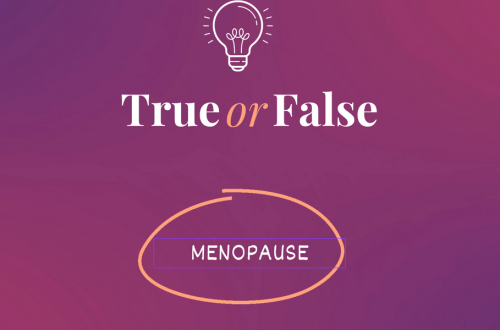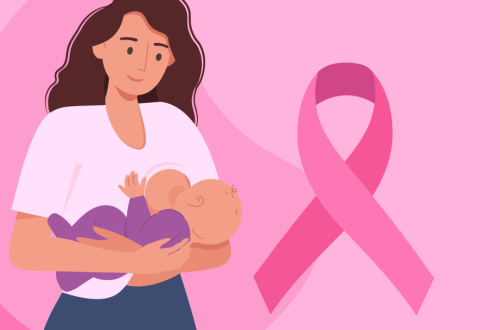Fact: Red yeast rice is the most colorful name in the supplement game. It certainly sounds cool as an acronym (#RYR vibes). But did you know red yeast rice is produced from a mold — not a yeast? We’re guessing “red mold rice” just doesn’t have the same ring to it.
If you have high cholesterol, you may have heard of red yeast rice as a possible alternative to prescription cholesterol-lowering medication. The ruby-red food and dietary supplement has also been thought to have anti-cancer properties.
But is it too good to be true?
Here’s what you need to know about the potential benefits and the red flags to consider before taking red yeast rice.
What is red yeast rice?
Red yeast rice has been around for centuries and is known as a “natural statin” in traditional Chinese medicine. It’s produced by fermenting rice with a type of mold called Monascus purpureus.
Depending on the strain and the conditions of fermentation, the fungus enhances the rice with compounds called monacolins, which can lower cholesterol levels in the body. One of those monacolins — monacolin K — has the same makeup as the medicine lovastatin, a prescription cholesterol-lowering medication.
What are the potential red yeast rice benefits?
The most celebrated benefit of red yeast rice is its ability to lower cholesterol thanks to monacolin K. Some studies have shown that taking red yeast rice on a daily basis for six to eight weeks can lower total cholesterol and LDL (“bad”) cholesterol levels.
Red yeast rice may also have anti-cancer benefits. One study found that red yeast rice stopped the growth of cancer cells in the colon. And a different study found that red yeast rice extracts stopped breast cancer cells from growing. But more research needs to be done regarding any anti-cancer benefits to taking the supplement.
How much red yeast rice do you need to lower cholesterol levels?
Lower cholesterol levels are directly linked to the amount of monacolin K in red yeast rice supplements. Research shows taking up to 10 mg of monacolin K on a daily basis is associated with lower cholesterol levels.
What does the FDA say about red yeast rice?
This is where things get a little complicated. The FDA approved lovastatin — which is basically monacolin K — as a drug before it was marketed as a supplement. So, any product that lists lovastatin or enough monacolin K to work like a statin, is illegal to sell in the U.S. as a dietary supplement. Over the years, the FDA has issued warnings against companies who market added or enhanced supplements with lovastatin and monacolin K.
As a result, the red yeast rice products you see online and in the grocery store typically won’t list the amount of monacolin K on the product label. The product may not contain any monacolin K — although most will have some level of the cholesterol-lowering ingredient — but you won’t know for sure the actual amount.
What are the red yeast rice side effects?
Because red yeast rice can act like a statin, the same side effects may apply. These can include:
- Liver damage
- Kidney damage
- Muscle disorders
Some people experience other side effects. These can include:
- Heartburn
- Dizziness
- Abdominal pain
- Headache attacks
Red yeast rice products may contain citrinin, which can cause kidney damage.
Who shouldn’t take red yeast rice?
Red yeast rice may not be an option for everyone. You shouldn’t take it if you’re on cholesterol-lowering medications like a statin because it can increase the risk of serious side effects.
Also, people taking certain substrate drugs (CYP450 3A4 or P-glycoprotein), including some antibiotics and antifungals, shouldn’t take red yeast rice as it can affect how the body metabolizes medication. If you are taking any medication and you don’t know if it’s a substrate drug, be sure to ask your healthcare provider.
Is there anything specific women and people assigned female at birth should know about red yeast rice?
Red yeast rice isn’t recommended for people who are pregnant or lactating because there are no clinical studies — good or bad — that show the effect of taking the supplement while pregnant.
Is red yeast rice safe?
Overall, red yeast rice is considered safe and has few side effects. However, because the amount of monacolin K usually isn’t listed on supplement labels, you never know what you’re going to get. For example, one brand online says their red yeast rice supplement has “appropriate levels of naturally occurring monacolin compounds, especially monacolin K.”
If you’re thinking about red yeast rice for cholesterol, the supplement may not contain enough monacolin K to make a difference or have any benefits. High cholesterol can lead to serious health problems such as heart disease — the number one killer of women in the U.S.
Just like with any supplement, it’s a good idea to talk to your healthcare provider before you give red yeast rice the green light.
From Your Site Articles
Related Articles Around the Web





